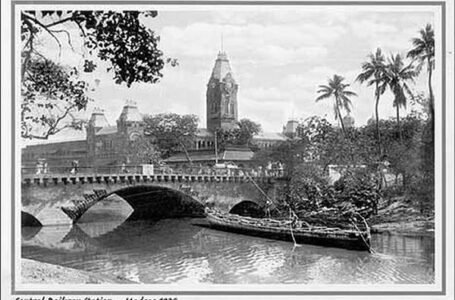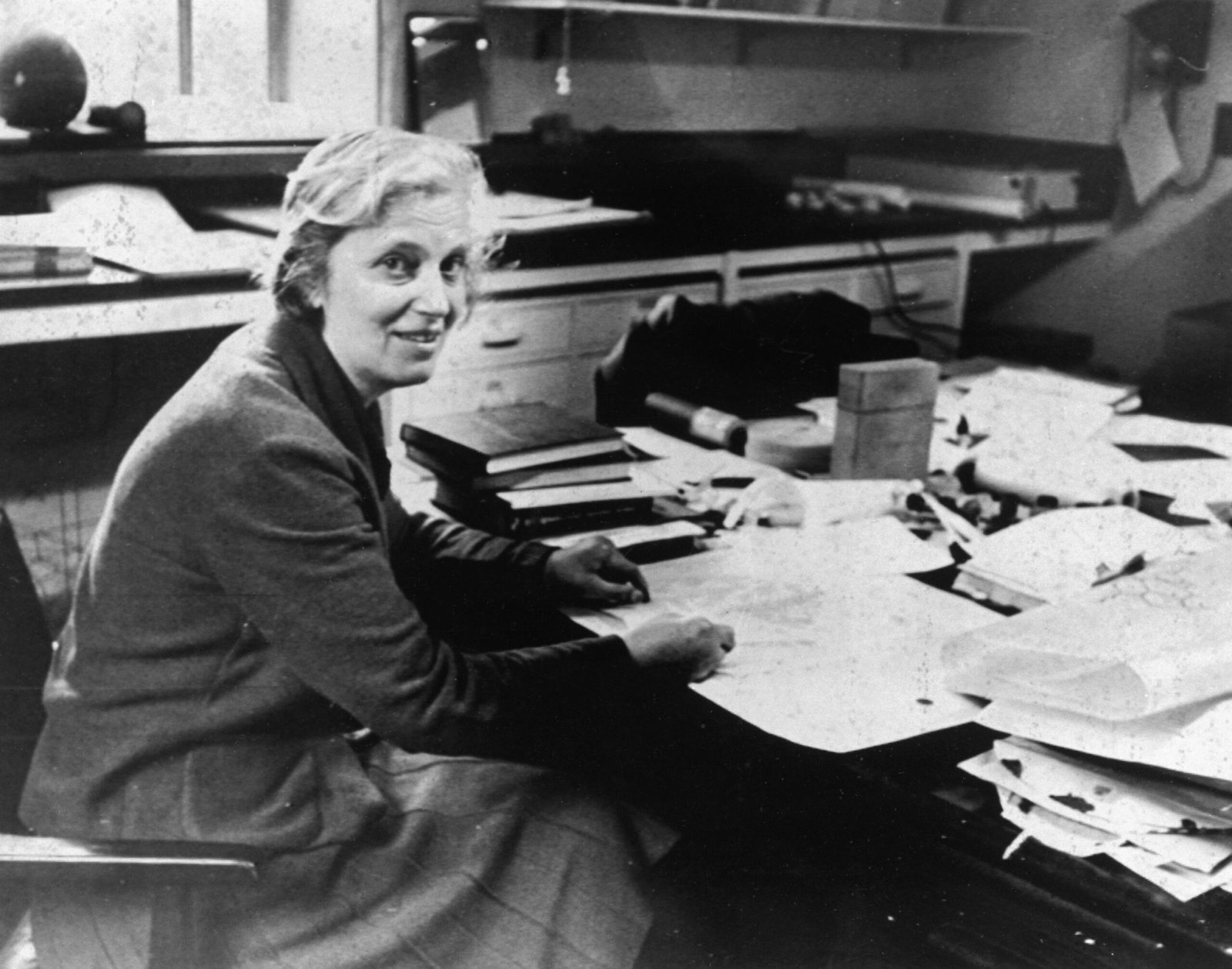Heist of the 20th Century: The Great Train Robbery

-Muskaan
It was a cold morning on 8th August 1963 in Great Britain when a Royal Mail Train carrying huge amounts of money departed from Glasgow on its way to deliver a history of the century’s biggest crime. The driver, Jack Mills, and assistant David Whitby ran the train to London, unaware that the ride was going to turn their lives into something unexpected.
In the early morning, at 3 AM, when the train reaches the West Coast Mainline, noticing the red signal, Jack Mills slows down the train and stops it near Birmingham. Unaware that the signals are manipulated by covering the green light and displaying a battery-operated red light, assistant David jumps out of the train to understand the situation. As he reaches the nearby railway telephone line to contact the railway station, he notices the cut and thrown wires. The communication lines are cut …. Doubting the situation, he runs back to the train, but is attacked, incapacitated, and thrown out of the train by some attackers. Driver Jack is attacked on the head with an iron bar and the train is overpowered.
It’s a robbery … A well-planned and coordinated robbery! And who are they? They are London’s two most prominent criminal gangs.
Within a few seconds, the train is boarded by 15 masked men, wearing helmets, and gloves. The first two cabins, carrying High Value Packets, are in their control. In a matter of a few minutes, approximately 120 – 125 High Value Packets are seized. These are banknotes, used but valid banknotes. A total of £ 2.6 million is looted, which is £ 70 million today. The mastermind is Bruce Reynolds, aware of the train’s schedule and route, with information from a Royal Mail insider.
What’s next?
Now it’s time to transport the looted money. They have a plan to drive the train to a bridge, where the Land Rovers are waiting to carry the looted money to a farmhouse. For this well-planned robbery, they have robbers who can run the train. But .… the train model and installed system are much bigger than they thought. They are not able to run this model of the train, they realised.
Now the unconscious driver Jack Mills is woken up, and forced to run the train. The train reaches the nearby bridge, and the seized money is loaded into the Land Rovers. The train staff is asked not to call the police until 30 minutes after they leave. The robbers leave for a pre-arranged site, Leatherslade Farm, 30 minutes away from the robbery site, making it the biggest robbery of the century.
It’s time for a probe.
A massive probe begins, to uncover the faces behind this ‘Heist of the century’. Buckinghamshire CID, British Transport Police, the Flying Squad from Scotland Yard, and hundreds of detectives are involved in the probe. On the other hand, robbers are busy splitting the looted money. The increased activity at the farmhouse alarms the neighbours to report to the police, who are already probing the suspected areas within 30 30-minute radius of the heist.
Upon reaching, the police find the poorly burnt farmhouse having half-eaten meals on kitchen tables, High Value Packet covers, other eatables, and used material proving that the space is used by the robbers. The unsuccessful attempt to burn the house turns it into a base for their identification when police trace their fingerprints on a ketchup bottle, a Monopoly board and everywhere.
Arrests begin!
The traced identities led to the arrest and trial of 12 convicts in the coming years. The mastermind Bruce Reynolds runs away to Mexico, Canada, and then France. After five years on the run, he was arrested in 1968, and sentenced to imprisonment. The most prominent gang member Ronnie Biggs escaped from prison in 1965, underwent plastic surgery, and flew to Australia and Brazil. In 2001, he deliberately came back to the UK to serve the term and was rearrested. Charlie Wilson also escapes after four months of imprisonment.
Keeping in view the deadly attack on the train driver Jack, and his assistant David, all the convicts received imprisonment up to 30 years, which is rare in a criminal case where nobody was killed. But for this 30-year sentence, nobody serves more than 13 years. They run free within 13 years of serving imprisonment.
For ill health, Ronnie Biggs was released in 2009 on compassionate grounds. He died in December 2013 at the age of 84. Bruce Reynolds in 1995 authored a book ‘Autobiography of a Thief’, and died in his sleep in February 2013. Some robbers are involved in businesses of flower selling, car dealing, and jewellery selling. Some of them get rearrested for involvement in other crimes of drug smuggling, murder, and violence.
What about Jack and David?
Jack and David suffer a lifelong trauma. In 1965, David Whitby died of a heart attack at the age of 34. Brutally attacked Jack Mills never recovers mentally and physically. At the age of 64, he died in 1970.
Now it’s time to tell the story to the world!
The biggest train heist later becomes a crime folklore in Britain. The robbery is portrayed in numerous films, books and TV adaptations. The 1964 book ‘The Great Train Robbery’ by former policeman John Gosling and Dennis Craig is the earliest record of this heist. The 1965 book ‘The Robbers’ Tale’ written by a lawyer’s wife, Peta Fordham, reflects the trial angle of this robbery. Peter Guttridge’s ’The Great Train Robbery’ of 2008 is a modern summary of the heist from official records.
In screen adaptations, the 1988 movie ‘Buster’ is a dramatic presentation of the robbery and its aftermath. The 2012 TV series Mrs Biggs follows the life of Ronnie Biggs’ wife, Charmian Biggs. It is famous for the BAFTA-winning performance by Sheridan Smith.
A significant portion of the looted money is never recovered and all the convicts of the 20th century’s biggest heist are believed to be dead.


